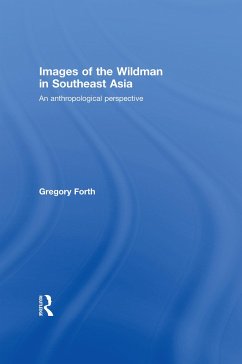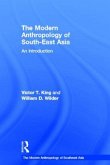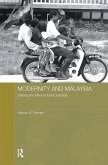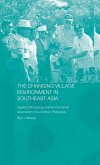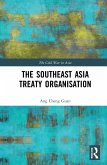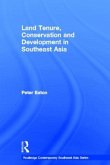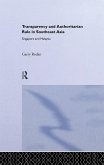The Indonesian Island of Flores was the site of the discovery of a new species of small hominid that may have survived into historic times. Was this the origin of the "Wildman," images of which are encountered throughout Indonesia, Southeast Asia, and other parts of the world? In this first comprehensive anthropological study of the Wildman, Forth asks: Do Wildmen exist anywhere and, if so, in what sense? Is the universal representation of the Wildman best explained as an archetype of human thought, as a reflection of empirically existing creatures, or by some combination of these? This book will appeal to general readers and crypto-zoologists as well as to human and social scientists.
The book examines 'wildmen'such as Homo floresiensis and ebu gogo, images of hairy humanlike creatures known to rural villagers and other local people in Southeast Asia and elsewhere. It explores the source of these representations and their status in local systems of knowledge.
The book examines 'wildmen'such as Homo floresiensis and ebu gogo, images of hairy humanlike creatures known to rural villagers and other local people in Southeast Asia and elsewhere. It explores the source of these representations and their status in local systems of knowledge.

